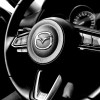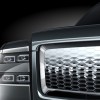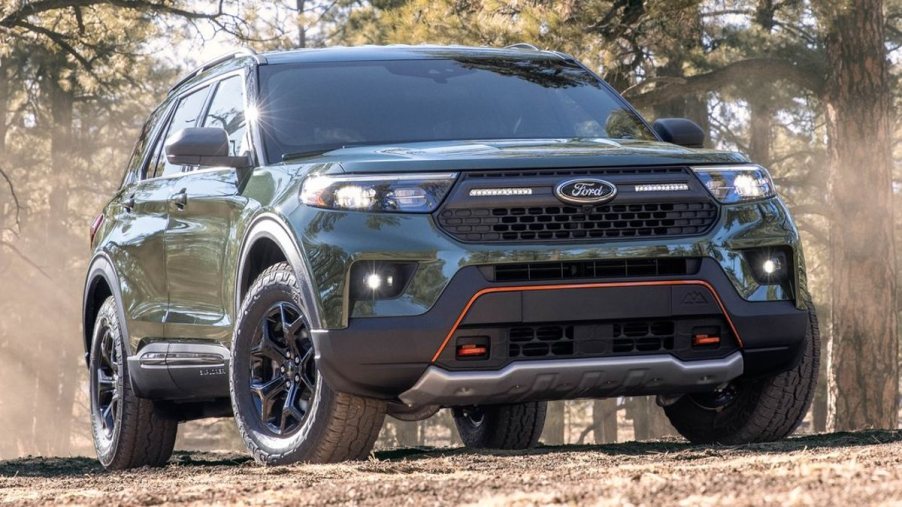
Many Midsize SUVs Fared Poorly in the New Rear Seat Crash Test
The IIHS has created a new crash test, and most vehicles aren’t doing too well. In fact, many of the midsize SUVs we drive fared poorly in this new test. The new test collects data using a crash-test dummy in the vehicle’s rear seat. This dummy is the size of an average 12-year-old child. The results are alarming.
Why did the IIHS add this new rear seat crash test?
Safety is a top priority in the auto industry. The IIHS realized many automakers weren’t putting the same effort into keeping rear passengers as safe as those in the front seats. This new test could change all of that. A vehicle is propelled at the front offset crash barrier at 40 mph during the test. Considering that much of our driving is at speeds greater than this, the results leave much to be desired.
How much more likely are rear-passenger injuries than for a front-seat passenger?
Motor1 reports that the IIHS found the risk of fatal injury in the rear seat to be 46% higher compared to the front. Front-seat passengers benefit from improved safety restraint technology. Those in the rear seat don’t have the same benefits but also aren’t as likely to have an engine end up in their lap or a bumper go through the windshield and into their face.
Did any midsize SUVs achieve a good rating from this new safety test?
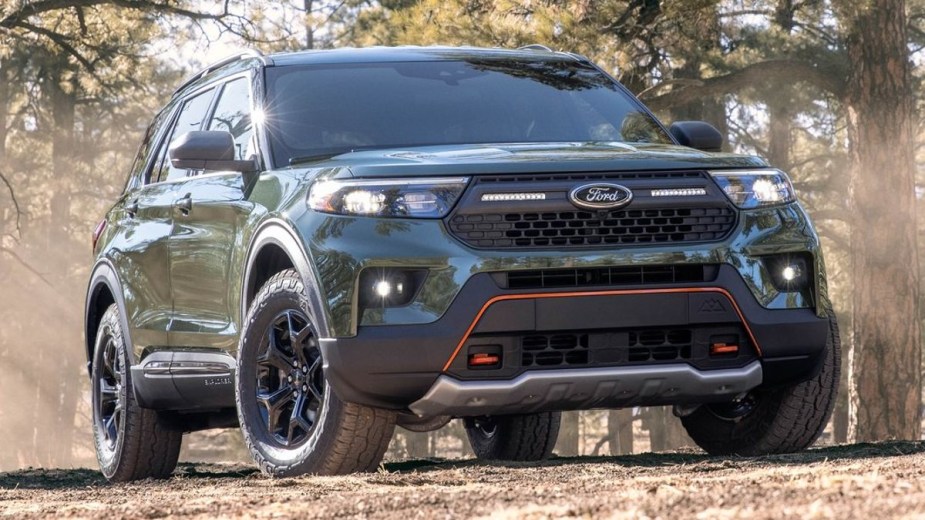
Four of the 13 midsize SUVs tested received good ratings for backseat safety. These four are the Ford Explorer, Ford Mustang Mach-E, Subaru Ascent, and Tesla Model Y. None of the 13 tested achieved an acceptable rating.
Which SUVs received marginal and poor ratings for this new IIHS crash test?
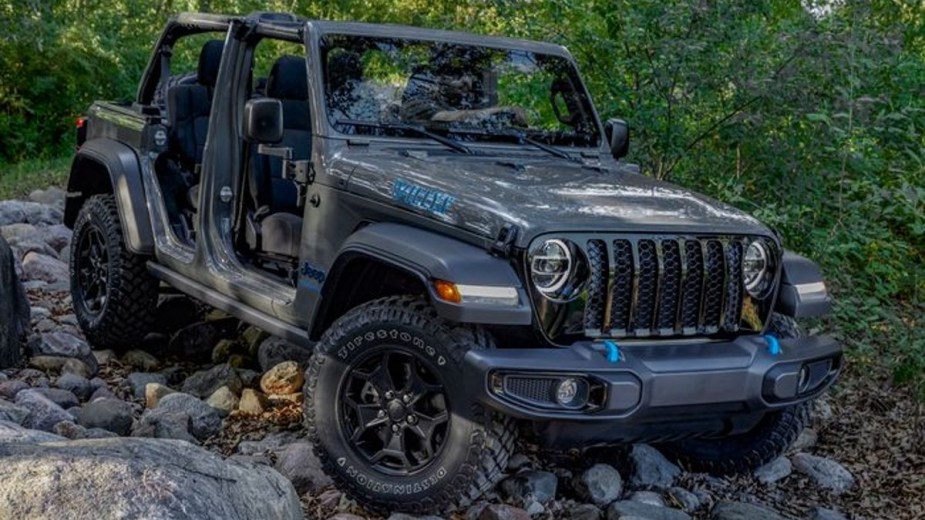
In the midsize SUV class, nine of the 13 tested achieved only marginal or poor ratings. Those hitting the marginal mark are:
- Chevrolet Traverse
- Toyota Highlander
- Volkswagen Atlas
Finishing at the bottom of the safety barrel with a poor rating are:
- Honda Pilot
- Hyundai Palisade
- Jeep Grand Cherokee
- Jeep Wrangler Four-Door
- Mazda CX-9
- Nissan Murano
Based on these results, we can easily agree with Raul Arbelaez, vice president of the IIHS Vehicle Research Center, who told CBS News:
“The majority of the midsize SUVs that we evaluated have a lot of work to do to improve safety for the rear seat position. We just saw injuries, injury measures on the dummy that were too high on the chest, high levels of head and neck forces.”
What were some specific issues in the midsize SUVs tested for safety?
The Jeep Wrangler’s rear lap belt moved up during the crash, indicating potential abdomen injuries. This SUV also lacks side curtain airbags in the rear.
Seat belt tension in the Mazda CX-9, Jeep Grand Cherokee, Hyundai Palisade, and Honda Pilot was too high.
How will automakers respond to this new IIHS crash test?
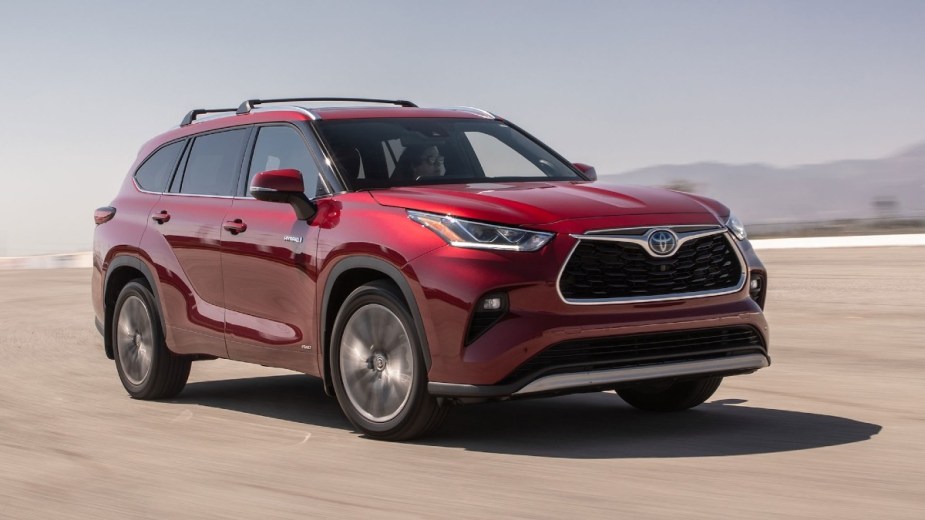
The IIHS regularly creates new and better tests for evaluating the safety of vehicles. Future midsize SUVs should rank much higher for safety in this test than current models. This new test is a proverbial movement of the goalposts to help automakers build and develop safer vehicles for the future.
